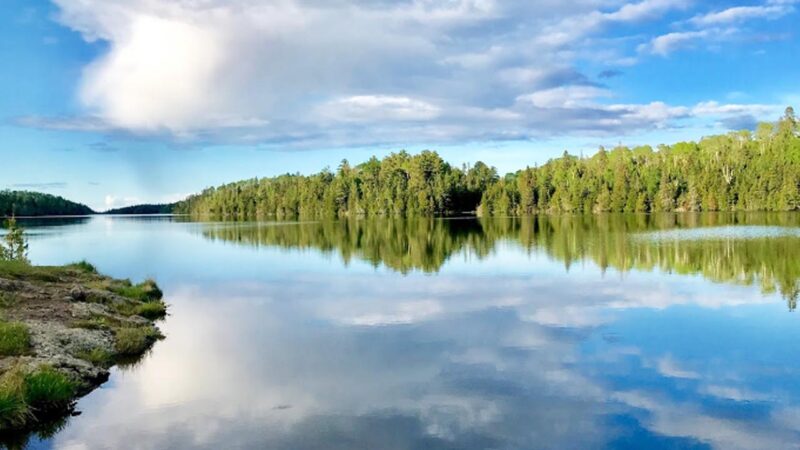The United States has approximately 250 freshwater lakes, having surface areas of 10 square miles or more. These are the earning source of local people who depend on tourism, fishing, water supply, and amusement.
Therefore, I am going to discuss about the largest freshwater lakes in the US, which are not only the greatest in the US but also in the world.
1. Lake Superior
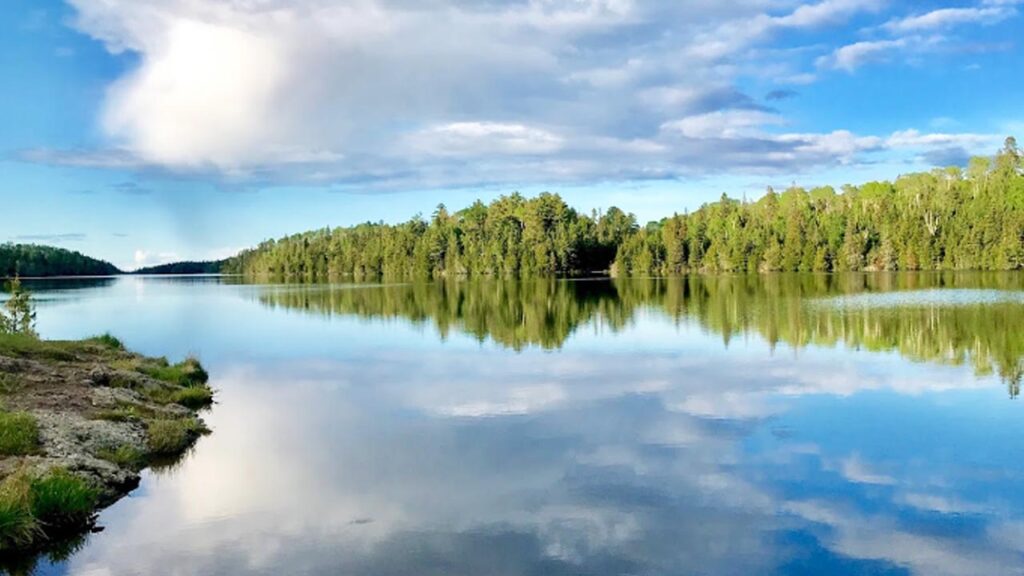
Lake Superior is the largest freshwater lake in the US. It is about 160 miles wide and about 350 miles long, with a water volume of 2,900 cubic miles. You can understand the extensiveness by the name of this lake. Lake Superior is shared among two countries (Canada, United States) and connects eastern Minnesota, Wisconsin, and the Upper Peninsula of Michigan.
The weather here is generally temperate, but winter holds it freezing and chilly rocks. Lake Superior has kept the entire surface with maximal clean water, having average underwater visibility of 27 feet. Surprisingly, the lake contains water more than the other four great lakes altogether!
FUN FACT: It would take Lake Superior around 192 years to clean itself with new water.
2. Lake Huron
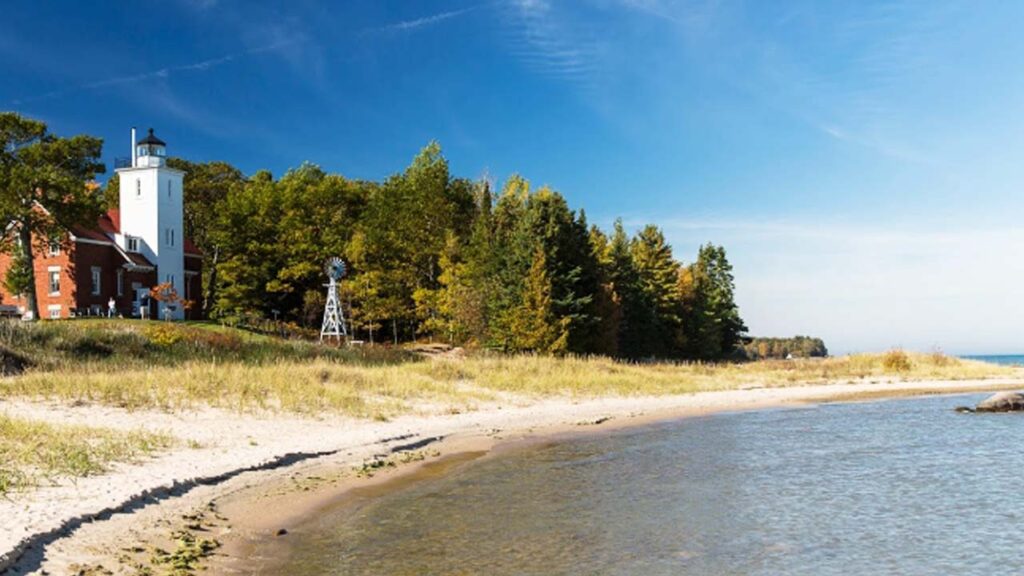
Even if Lake Huron is the second largest freshwater lake, it has the longest shoreline (3,827 miles) of all great lakes. It is the second-largest lake by surface area (23,000 square miles), the third-largest by volume of water (850 cubic miles). It connects Michigan and Ontario, Canada, to the north.
Lake Huron is named after Wyandot Indians or Hurons who lived there by the shores. The French explored it as the first of Great Lakes, calling it La Mer Douce initially. Lake Huron and Lake Michigan come across in the watercourse of Mackinac.
FUN FACT: There are nearly 1000 shipwrecks staying put at the deep bottom of Lake Huron.
3. Lake Michigan
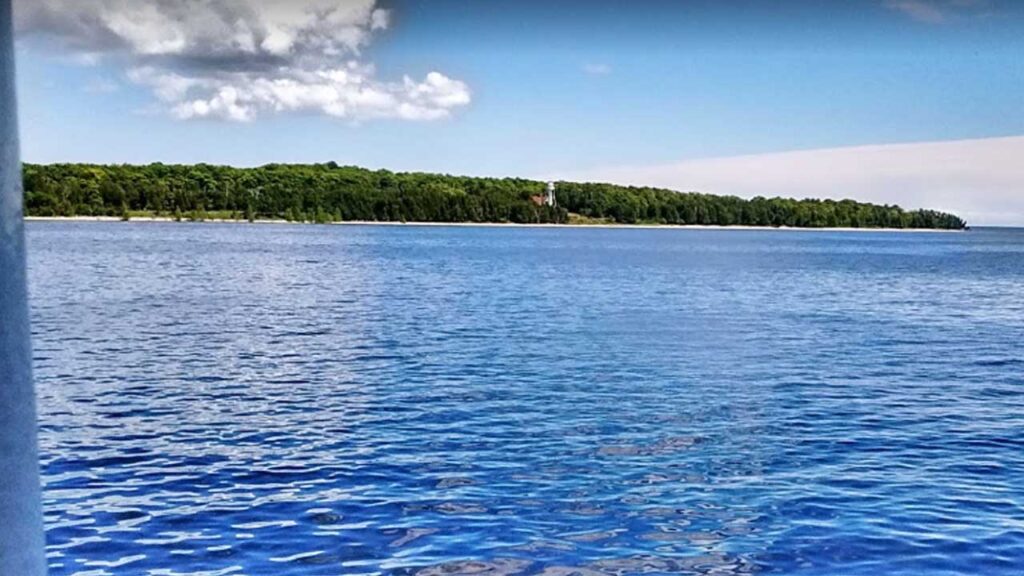
Being the third-largest lake by surface, Lake Michigan covers about 22,404 square miles (58,030 square kilometers) and has a volume of 1,180 cubic miles, which makes it come after Lake Superior (second biggest lake by volume). It is the only great lake that is situated completely in the US.
Its average water depth is 279 feet (85 meters), and its maximum depth is 925 feet (282 meters). Having 12 million people live by the shoreline, Lake Michigan is connected with Indiana, Illinois, Michigan, and Wisconsin. There are nearly four dozen lighthouses standing along the coastline and calling up the great shipping history.
FUN FACT: The name Michigan is executed from the Ojibwa Indian word mishi-gami, meaning large lake.
You might also like to read about these deepest lakes in the US.
4. Lake Erie
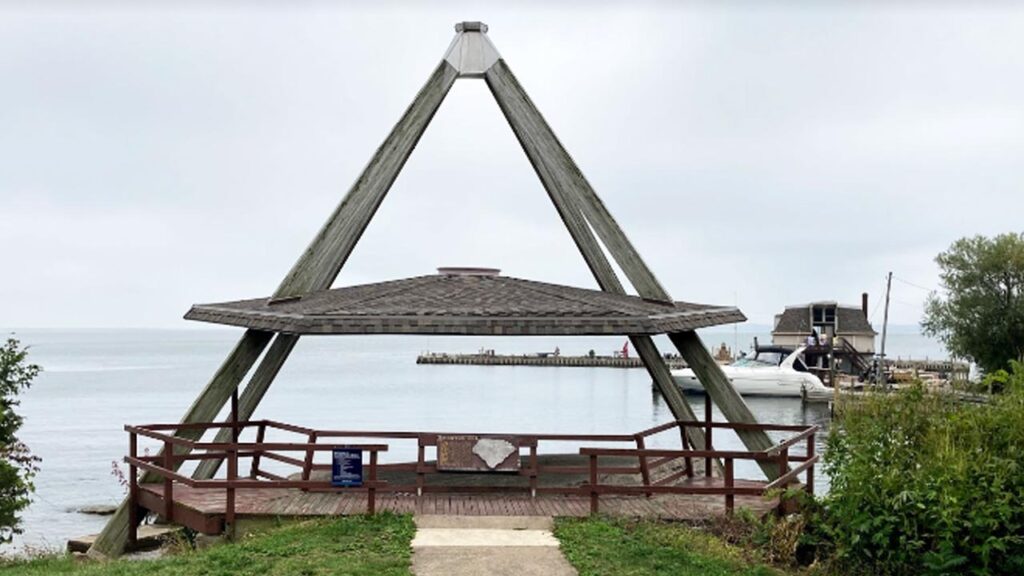
Lake Erie is the most miniature great lake in volume and the fourth largest freshwater lake by surface. Measuring the surface, it covers around 9,910 square miles (25,700 square kilometers) and the book, with 116 cubic miles (484 cubic km). Four states of Unites States, New York, Pennsylvania, Ohio, and Michigan, and the Canadian province of Ontario are associated with Lake Erie’s borderline.
As the southernmost of the Great Lakes, Lake Erie’s water is pretty much the warmest yet freezes entirely in winter because of the volume, lacking physical depth. The stream of Lake Erie goes straight into Niagara Falls.
FUN FACT: Lake Erie is very popular for Ice Fishing, and the largest sandstone quarry in the world is located in Amherst, Lorain County, Ohio.
5. Lake Ontario
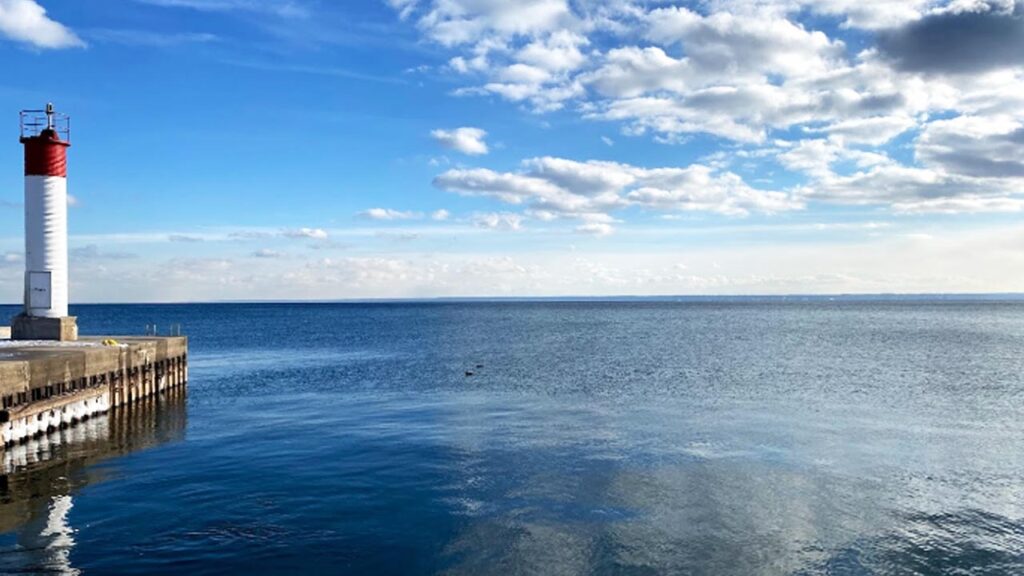
Lake Ontario, the smallest of all great lakes, is the most polluted lake of all. Being the 14th largest lake globally, the surface area is around 7,340 square miles (19,000 square kilometers). Though it is smaller than Lake Erie, it holds four times more volume (393 cubic miles), running water gravely.
It is the easternmost lake of all and touched by the borders of Ontario, Canada and New York to the south. Freezing is a dead chance for the lake because of the depth and warm weather from the southwest. Unfortunately, the lake is defiled because of the other four lakes’ flow, runoff from nearby farms and businesses.
FUN FACT: The water of Lake Ontario turns white instead of blue rarely, the reason mainly being the increasing amount of calcium carbonate itself.
6. Lake of the Woods
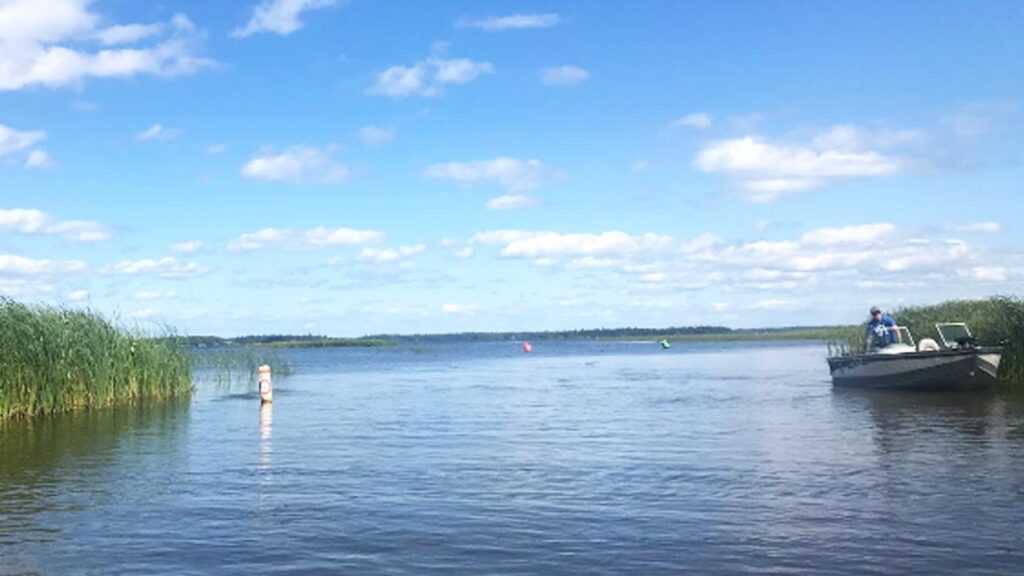
Lake of the Woods is a beautiful freshwater lake located in Ontario, Manitoba, and Minnesota. It is 85 miles long and 56 miles wide and has an area of 1,727 miles. The sixth largest freshwater lake located partially in the US.
The surface area is 1,679 square miles (4,348.6 square kilometers) and a volume of 4.65 cubic miles. Fish species, including northern pike, perch, black crappies, bass, muskie, walleye, and sauger, recognizes the Lake of the Woods as a groove. FUN
FACT: It would be the longest shoreline of any Canadian lake if it was entirely in Canada.
Check out these largest man made lakes in the US.
7. Iliamna Lake
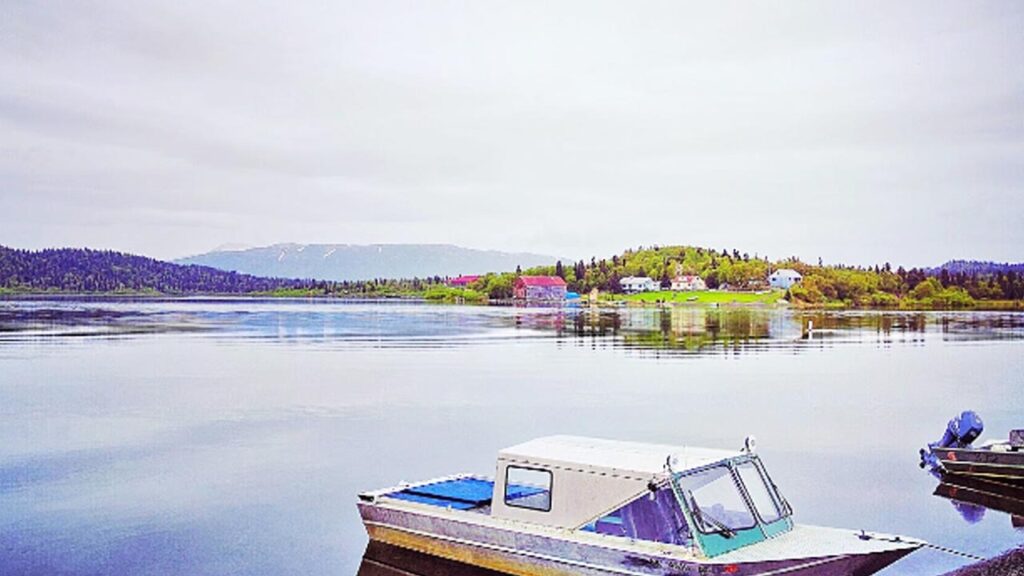
Iliamna Lake, or Lake Iliamna, is the second-largest freshwater lake contained entirely within the US after Lake Michigan and the biggest lake in Alaska.
This glacial lake in southwest Alaska about 80 miles long, 25 miles wide, and has a surface area of around 640,000 acres. It has a volume of 27.7 cubic miles (115 cubic kilometers) and an average depth of 144 ft (44 m). It is a home to one of only two colonies of freshwater seals in the United States.
FUN FACT: Iliamna Lake was named by the Tanaina Indians, who believed that the lake was stalked by a giant blackfish or monster sizing from 10-30 feet.
8. Lake Oahe
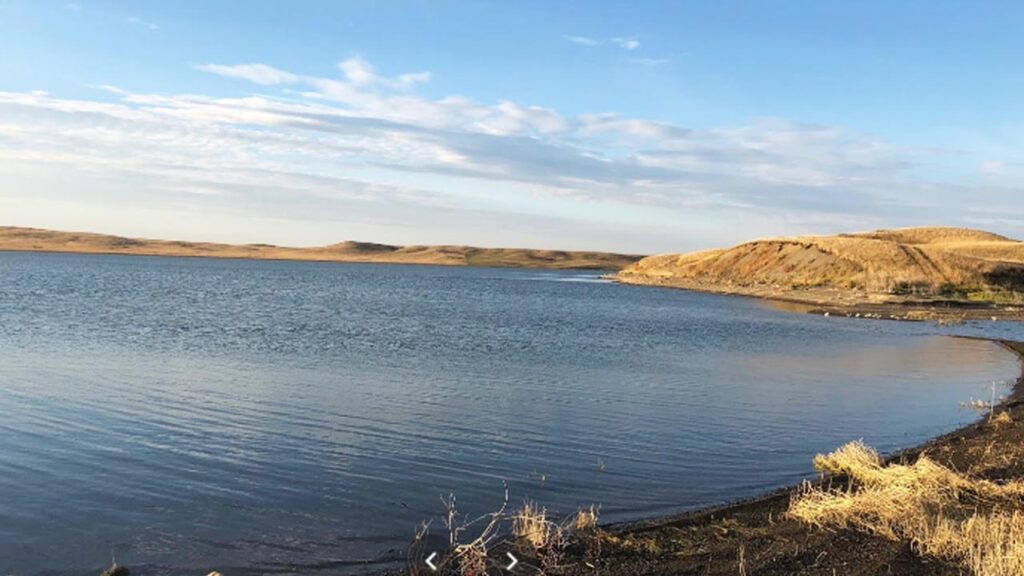
Do not get confused whether it is a lake or river, Lake Oahe is actually the largest man-made freshwater lake in the United States. It has a surface area of 685 square miles (1,774 square kilometers) and a maximum depth of 205 feet.
The Oahe Dam is one of the largest earth-rolled dams in the world, situated within Lake Oahe. Lake Oahe stretches 231 miles up the Missouri river to all the way north to Bismarck, N.D. Lake Oahe has maximum depth of 205 feet.
FUN FACT:Lake Oahe was built in 1948 which makes it very young, only 73 years old!
9. Lake Okeechobee
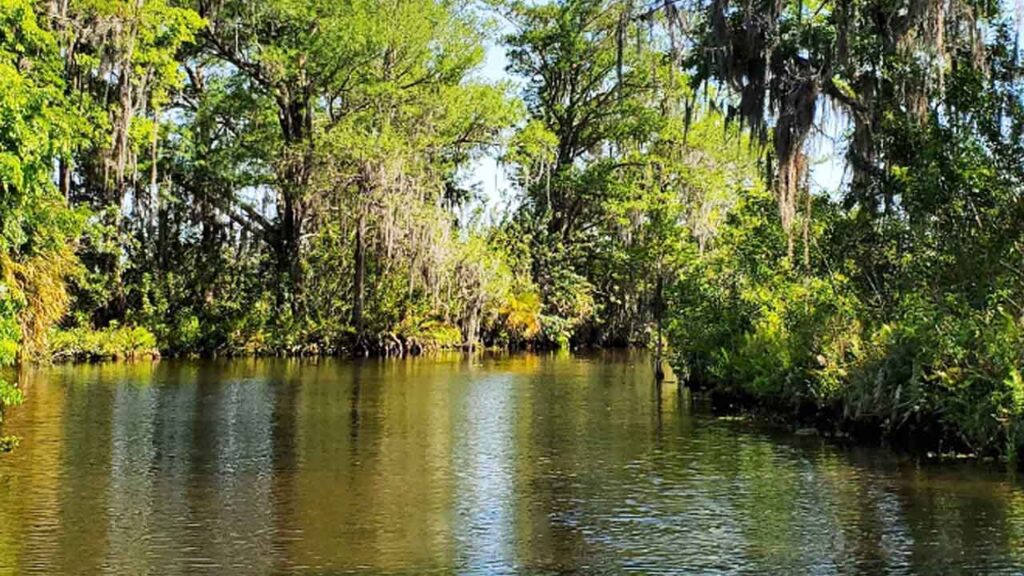
The largest lake in Florida, Lake Okeechobee is located in southeastern Florida, the second largest body of freshwater and the third largest freshwater lake entirely within the country.
Okeechobee, is named after the Hitchiti Indian name for “big water.” The length of the lake is about 35 miles (55 km) with a shoreline of 135 miles (220 km). The lake covers over 730 square miles, connected to both of Florida’s coasts and Okeechobee Waterway which is man-made. It is around 6000 years old and the average depth is 12 feet.
FUN FACT: Lake Okeechobee is known as “Liquid Heart” of Florida and it is famous for fishing and camping globally.
Read out this article about the most dangerous lakes in the US.
10. Lake Champlain
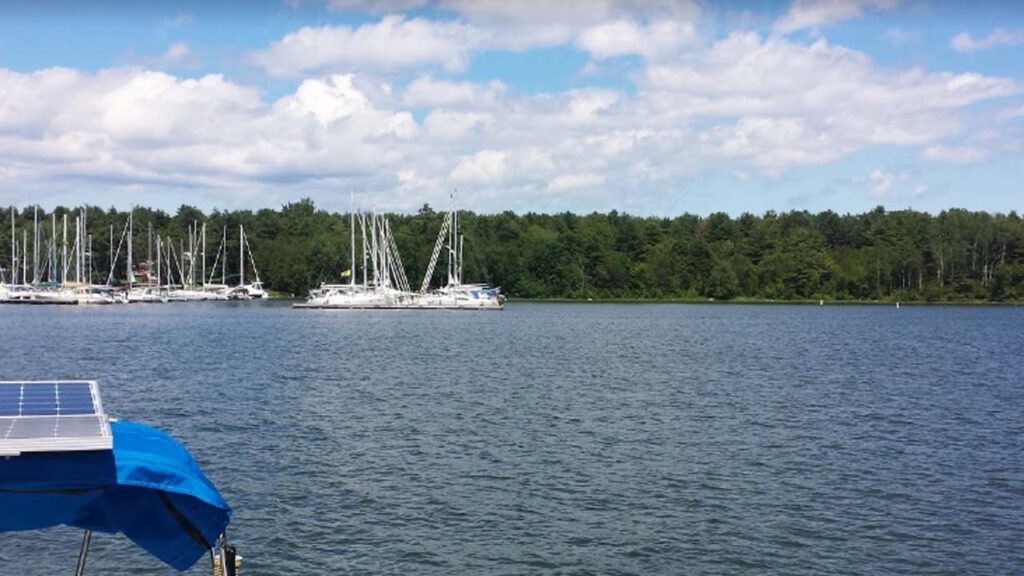
Lake Champlain is one of the largest freshwater bodies in the United States. It is home to 500,000 people of The Vermont and New York portions and is an extremely valuable international resource.
Lake Champlain’s shoreline is 587 miles long and the watershed centers the lake which is 19 times larger than the lake. Locals around Lake Champlain basin are dependent on the lake for jobs and quality of life.
FUN FACT: Lake Champlain is source of drinking to 45% people of the US (Lake Champlain Basin Program 2018)
11. Becharof Lake
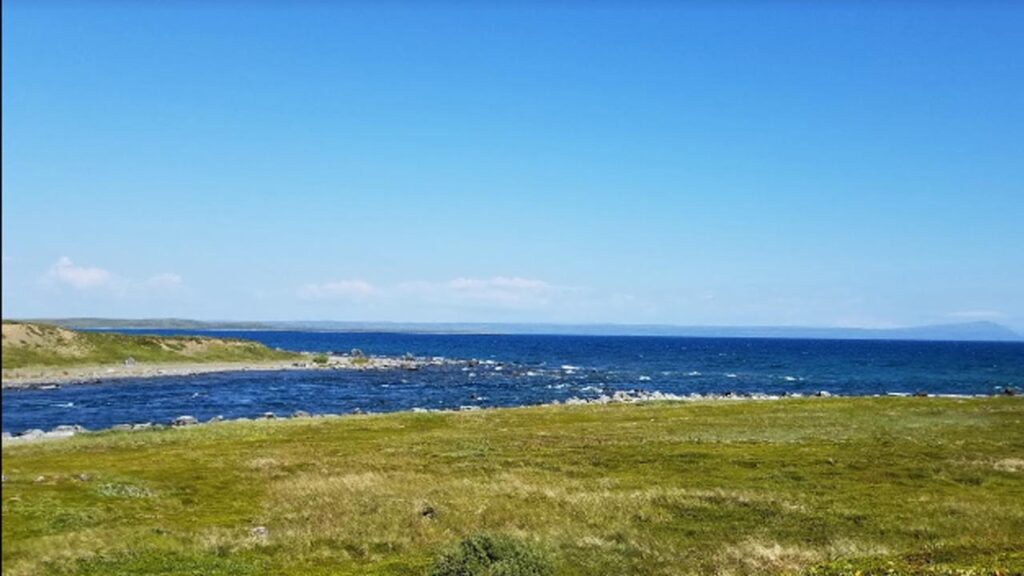
Alaska has so many official and unofficial lakes that many of Alaska’s lakes are only reachable by air or boat. After Iliamna Lake, Lake Becharof is the second largest lake in Alaska. in 1868, it was named by naturalist W. H. Dall.
Lake Becharof is huge, covers approximately 300,000 acres and as much as 600 feet deep, fed by two major rivers and legionary streams. Lake Becharof offers a wonderful placing for hunting, fishing, hiking, and a profound observance of wildlife to tourists.
FUN FACT:The lake is part of a 1.2-million-acre grove area, Becharof National Wildlife Refuge; it is approachable only by plane, boat, or unseen clues.
12. Lake St. Clair
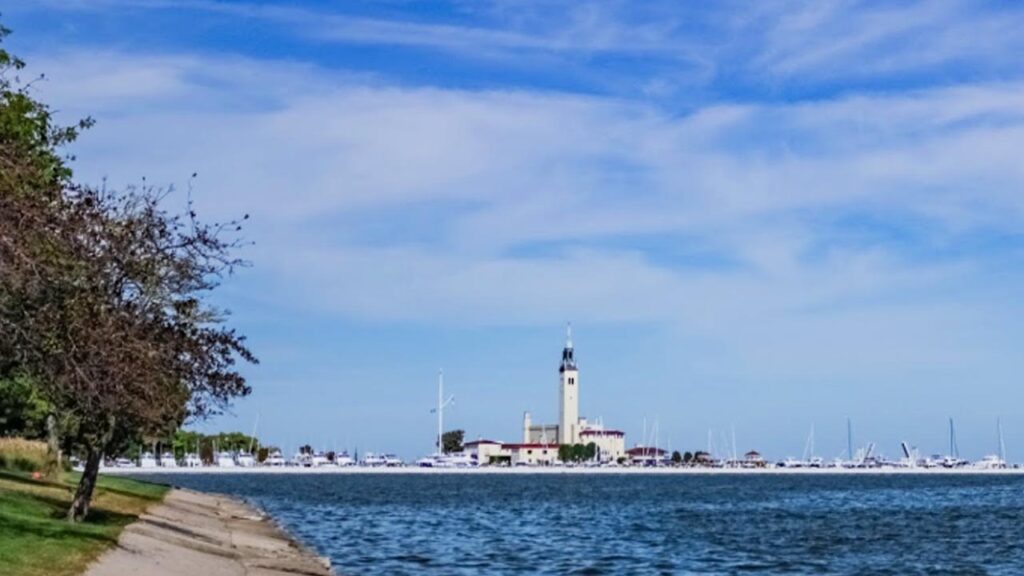
One of the most used portions of all great lakes between the United States and Canada, the length of the Lake St. Clair is approximately 26 miles and 24 miles in width. The surface area of the lake is 430 square miles and 130 miles of shoreline.
The lake is responsible for a third of the entire great lakes sport fishing catch each year. About five million people get their drinking water from the lake, which is an impressive layout of wildlife. The lake is comparatively perfunctory, with an average altitude of 10 feet.
FUN FACT: Lake St. Clair has more than 150,000 million boats registered in the United States, where boat racing activities make an estimated increment of 200 million in the local economy each year.
13. Crater Lake
The western United States’ south-central Oregon is home to the volcanic crater lake known as Crater Lake. It is the primary feature of Crater Lake National Park and is renowned for the clarity and depth of its deep blue water.
Some of the largest Freshwater lakes have been recently affected with chemical pollutants, bacterial contaminations and wildlife has been greatly threatened because of chemical contamination.
We cannot forget the foremost fact the local people are earning only because of the lakes; the more the lakes get affected, the more it hinders the life of people living by shoreline. It is our utmost duty to protect the lakes from getting befouled and demand actions to protect the very hearts of the world and local activism.

